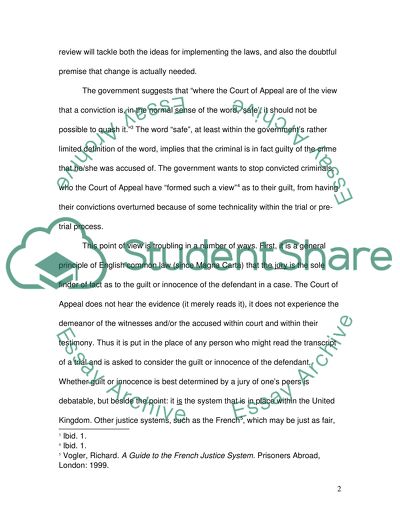Cite this document
(“A review of the Quashing Convictions Report Book /”, n.d.)
Retrieved from https://studentshare.org/law/1520652-a-review-of-the-quashing-convictions-report
Retrieved from https://studentshare.org/law/1520652-a-review-of-the-quashing-convictions-report
(A Review of the Quashing Convictions Report Book /)
https://studentshare.org/law/1520652-a-review-of-the-quashing-convictions-report.
https://studentshare.org/law/1520652-a-review-of-the-quashing-convictions-report.
“A Review of the Quashing Convictions Report Book /”, n.d. https://studentshare.org/law/1520652-a-review-of-the-quashing-convictions-report.


